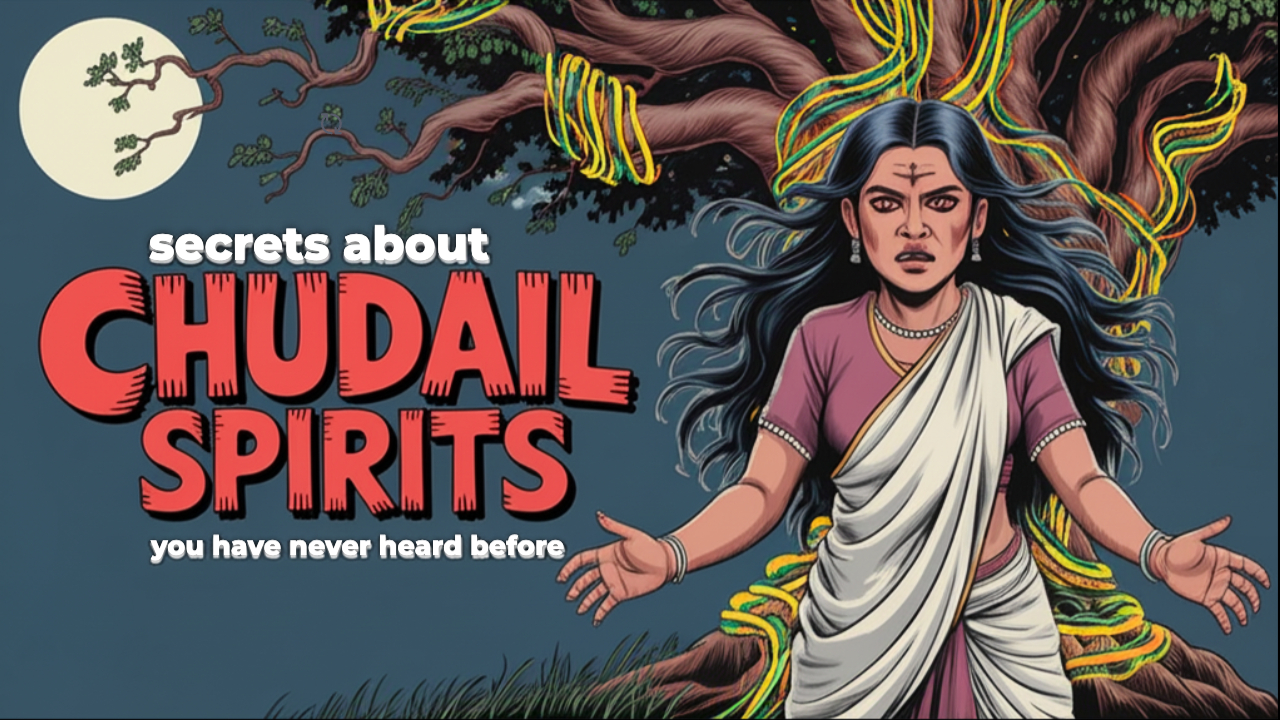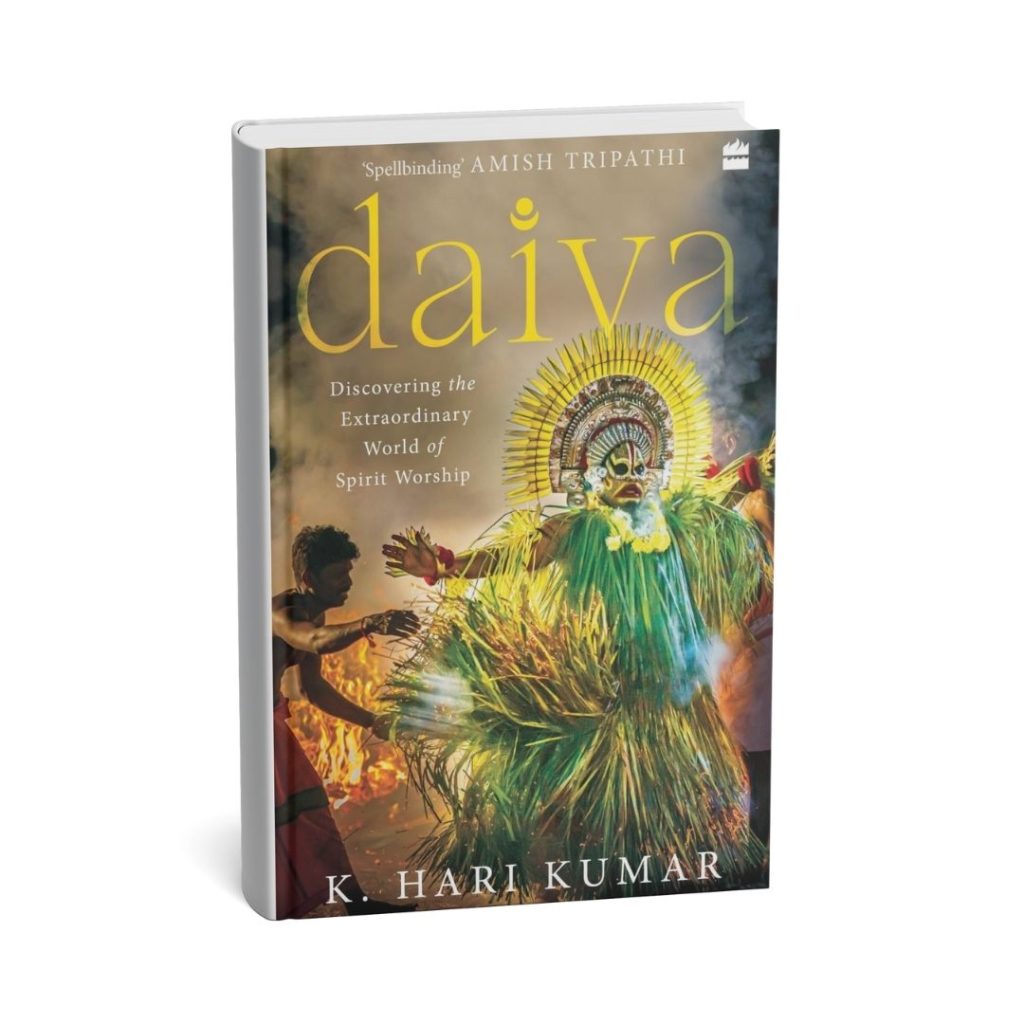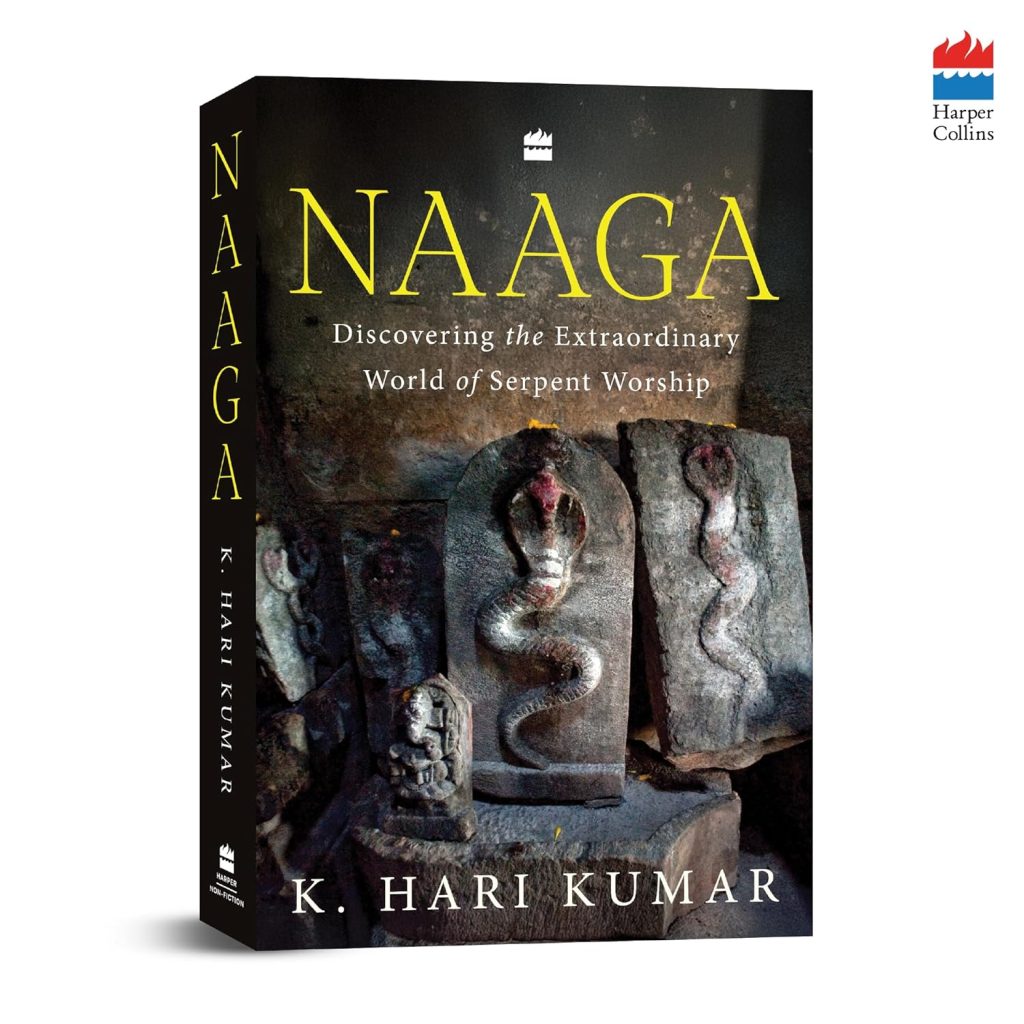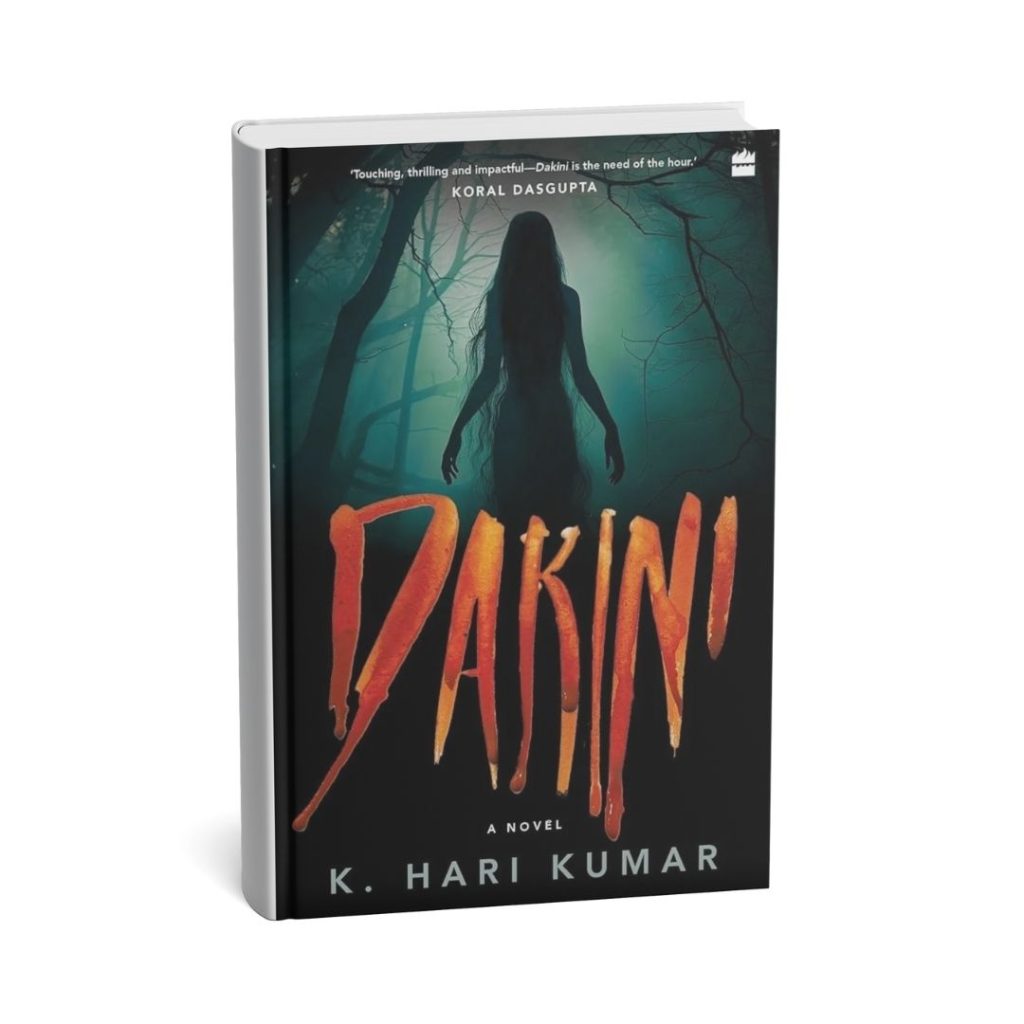Let’s begin with a classic chudail / churel story. A young man, traveling late at night down a lonely road through a dense forest. It’s quiet, and the moonlight can barely cut through the trees. Suddenly, he hears soft weeping. Under a giant banyan tree, he sees a woman, her face hidden by her long, dark hair. She looks beautiful and lost.
Watch the Complete Episode on my Youtube Channel
Forgetting all the old warnings about traveling at night, the man goes to her. She tells him she was abandoned by her friends and needs help getting to the next village. Her voice is hypnotic, her beauty captivating. He agrees, and they start walking. As they go deeper into the forest, she hums a haunting tune that seems to warp the air, making Rohan feel dizzy and tired. The path twists back on itself, leading them in circles. Dread starts to creep in.
He glances down at the dirt path, and his blood runs cold. He sees their footprints. His point forward. Hers are reversed. In that single instant, the beautiful illusion shatters. The woman’s head snaps up, her eyes glowing with a ferocious red light. Her face twists into a hideous mask, and a terrible, rage-filled scream tears from her throat. The man is paralyzed by fear, feeling his life draining away with every second he’s in her presence. He’s trapped in her world, just another victim of the chudail who was wronged in life and now seeks revenge in death.
That’s the story most of us must have heard in one form or the other … but wait … What if the most terrifying ghost in North Indian folklore wasn’t just a spirit, but a weapon?
Deep in the shadows of legend, there are whispers of a woman born from tragedy, a being known as the Chudail. But this isn’t the story you think you know. We’re about to explore a world where sorcerers tried to command her power through bizarre rituals, and uncover the forbidden knowledge used to control and fight this legendary entity. It’s time to unlock the Chudail’s most terrifying secrets.
What is a Chudail?
Across the myth-heavy landscape of South Asia, only few figures are as terrifying as the Chudail. For centuries, her name has been whispered in cautionary tales told to keep people in line and explain the unexplainable. She’s a major figure in the folklore of India and. a Chudail is a restless female spirit that haunts those in-between places: cemeteries, solitary roads, and the deepest parts of the forest.
Her image is pure nightmare fuel. The chudail is believed to be a shapeshifter, but little does anyone know that the chudail also lives in a state of duality. One moment, she can appear as a horribly disfigured hag with wild hair and eyes that glow with a malevolent, unnatural light. Her greatest weapon, though, is deception. She can transform into a stunningly beautiful woman, using a sad, melodic voice to lure unsuspecting men—usually travelers—into her trap.
But there’s always one giveaway, one surreal detail that shatters the illusion: her feet are twisted backward, with her toes pointing behind her. It’s a dead giveaway that she’s not of this world, a physical sign that she belongs to a realm where the rules of reality are broken.
What makes her truly terrifying is her ability to flip between beauty and horror. She does not cast any shadow, and can move with eerie speed with her inverted feet.
BUT … if you only see the chudail as a monster, or a seductive vampire, you’re missing the deeper, much more tragic story. The Chudail of North Indian folklore isn’t evil; but she’s born because of ‘evil’.
Chudail’s Creation: A Realm Built on Tragedy
At its heart, the Chudail’s story is one of grave injustice. The chudail isn’t some ancient demon from hellish realms like the Valak from Conjuring. NO!
The chudail is believed to be the ghost of a woman who died a tragic and brutal death. Folklore across North India tells us that a woman might become a Chudail if she dies under awful circumstances, especially during childbirth, pregnancy, or from abuse at the hands of her family. Her spirit, weighed down by unfulfilled desires and a burning need for vengeance, simply refuses to move on.
Her origin story is a dark reflection of society’s anxieties and patriarchal pressures. In some traditions, it was believed that only women from erstwhile lower castes could become Chudails, or that any woman who died an “unnatural” death was at risk. It was even thought that a woman who dies during Amavasi, particularly, the festival of Diwali could return as a powerful Chudail. These beliefs point to a deep-seated cultural fear around female autonomy and the consequences of breaking social rules. Some may agree with this, some may not.
The spirit that rises from such a death isn’t just a lost soul; it’s an entity of pure rage. Her main targets are often the very men who caused her suffering in life.
Chudail’s Modus Operandi
So, how does a chudail work? What terrible things does she do to men?
According to folktales, the chudail drains her victims of their life force, leaving them withered and old in a single night. This act is symbolic; she’s taking back the life and power that was stolen from her.
This shift from victim to a terrifying, powerful specter is a kind of folkloric justice—a story where the oppressed return to punish the oppressor. The Chudail myth, then, is a grim warning about the consequences of injustice. Isn’t it?
Secret Power of Chudails
But here’s the shocking aspect that you may not have heard. In the shadowy corners of Indian folklore, legends tell of sorcerers and black magic practitioners, often called *tantriks* or *ojhas*, who didn’t just fear the Chudail—they wanted to control her. These figures, who messed with forbidden knowledge, believed that such a powerful, vengeful spirit could be captured and bent to their will.
Trying to control a Chudail was seen as an act of immense power, but also immense danger. The rituals were as strange as the entity herself. Sorcerers were said to perform complex ceremonies to bind her spirit to an iron nail. Powerful talismans were used, not to banish her, but to enslave her.
A captured Chudail was a powerful weapon. A sorcerer who managed to command her was believed to force her to curse his enemies or reveal hidden treasures. This shows just how much awe people had for Chudail’s power; she wasn’t just a ghost to run from, but a supernatural force to be coveted.
Protection from Chudail
Of course, a world with such dark magic also had its own forms of protection. Fending off a Chudail required its own strange folk remedies. Families would hang protective talismans on their doors. Some believed that scattering mustard seeds would force her to stop and pick up every single one, buying time until sunrise. Burning turmeric, which she was said to fear, was another way to purify a space and keep her away. These rituals, for both control and defense, paint a picture of a world where the line between the living and the dead was terrifyingly thin.
Conclusion
So, as you can see, the Chudail is much more than just a ghost story. Just like other vengeful female spirits like Daayans and Yakshis, the chudail is also a complex symbol of fury against violence and a powerful figure of vengeance.
Recently, how we see such female spirits has started to change. Many now see her not just as a monster, but as a monstrous-feminine icon who takes back her power. Films and books have started to explore her story through a subjective lens, portraying her as a bringer of justice against those who harm women. For example, in my book, Dakini, the vengeful female spirit is not shown as the typical blood-sucking vampire, but as the primordial force which is looking for justice.
Coming back to the chudails, she exists in this fascinating space—both a terrifying creature of the night and a tragic victim of social injustice. She is a warning and a symbol of resistance all at once. Her story forces us to look at uncomfortable truths about society, power, and the rage that is born from pain.
So, what do you believe? Is the Chudail just a scary story to tell in the dark? Or is she a symbol of a rage so powerful it becomes a supernatural force? Let me know what you think in the comments.
Watch the complete episode on Spotify —




Leave a Reply